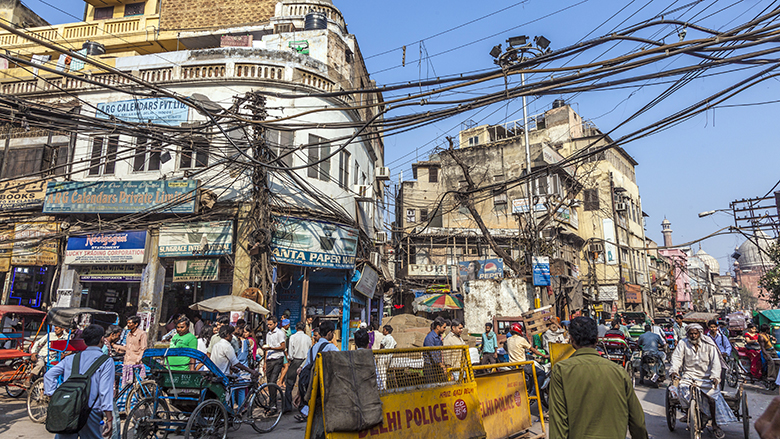Millions of connected families and businesses across the region experience frequent blackouts.
The report In the Dark: How Much Do Power Sector Distortions Cost South Asia identifies distortions in the electricity supply chain that cause power outages and estimates their economic costs in Bangladesh, India, and Pakistan.
An Innovative Analysis of Power Distortions
To that end, the report surveys the entire power supply chain from fuel supply to power generation, transmission, distribution, and eventually, consumers.
The report underscores three types of distortions that lead to most inefficiencies:
- Institutional distortions that arise from weak governance and inefficient allocation of inputs and outputs of the electricity sector .
- Regulatory distortions coming from price regulation, subsidies, and cross-subsidies.
- Social distortions that cause environmental and health damages.
Put together, these distortions have contributed to fuel shortages, inefficient electricity generation and delivery, and wasteful consumption.
